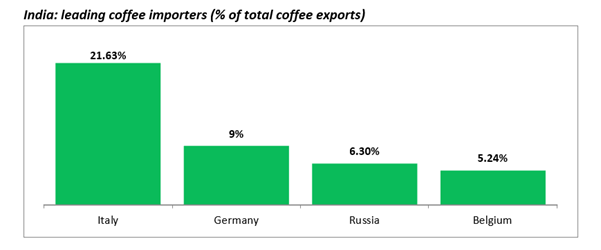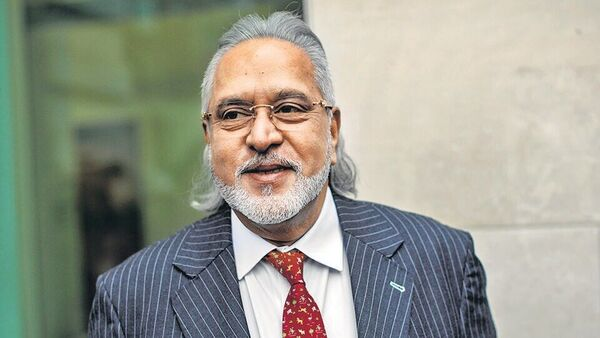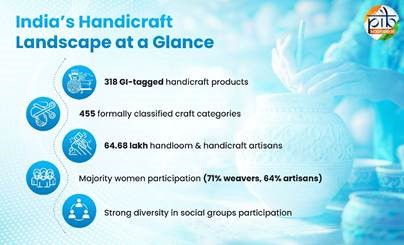Description

Disclaimer: Copyright infringement not intended.
Context
- The Ministry of Commerce and Industry is planning to replace the 80-year-old Coffee Act with the new Coffee (Promotion and Development Bill), 2022.
Coffee Act, 1942
- The Coffee Act, 1942 was first introduced during World War II, in order to protect the struggling Indian coffee industry from the economic downturn caused by the war.
- The government is now trying to scrap the law because it claims that many of the provisions have become redundant and are too restrictive.
The origin of the Coffee Act, 1942
- In the 1930s, the Indian coffee industry was facing significant problems, such as large-scale damage by pests and diseases, and the global economic downturn caused by the Great Depression.
- With coffee planters making significant losses, the government passed the Coffee Cess Act (XIV of 1935) and established the first Indian Cess Committee in 1935, in order to promote the sale of coffee and increase consumption of Indian coffee at home and abroad.
- These problems from the 1930s were compounded with the outbreak of World War II, as low demands and a loss of foreign markets led to a sharp decline in coffee prices.
- Since the Cess Committee was not able to deal with the crisis faced by the industry, the government formed the Coffee Board, through the introduction of the Coffee Act, 1942, under the control of the Ministry of Commerce and Industry.
- The purpose of the Act was to provide for the development of the coffee industry. The Board was tasked with supporting the industry in marketing, promotion of consumption, finance and research and development.
The pooling system introduced by Coffee Act
- Before India liberalized its economy in 1991, the Coffee Board controlled the marketing of the commodity in its entirety, both in India and abroad. It was previously in charge of collecting, storage, processing and sale for the growers as well.
- The Coffee Act introduced a pooling system, where each planter was required to distribute their entire crop to a surplus pool managed by the Board, apart from the small quantities that were allowed for domestic use and seed production.
- The grower was required to take the harvested and dried coffee to a curing factory, where they would receive an advance. Registered private contractors would clean, sort and grade the quality of coffee on a point system, for which they would receive a fee from the Coffee Board which would be later deducted from its payment to the grower. The Board then marketed 70% of the total pool for export and 30% for domestic markets, and sold them in separate auctions
- In order to spur domestic consumption, the price of domestic coffee was kept artificially low.
- The money that was generated from these auctions was pooled and the Board paid the grower in installments through the year, based on the number of points their coffee was given at the curing factory.

The changes since 1991 liberalization
- While the statutory body - Coffee Board continues to be the chief governmental body to supervise the industry, it no longer maintains its monopolistic control over the marketing of Indian coffee. Through a series of amendments, the Board’s authority was reduced, and in 1996, the pooling system was abolished and growers were allowed to directly sell to processing firms.
- The coffee market was entirely deregulated and the growers exposed to the free market.
- Since liberalization, the Coffee Board plays more of an advisory role, and aims at increasing production, promoting further export and supporting the development of the domestic market.
The new proposed amendments
- According to the draft Coffee (Promotion and Development) Bill, 2022, the substantive portion of the Coffee Act, 1942, which deals with pooling and marketing of the commodity, have become redundant/inoperative.
- The new legislation is now primarily concerned with promoting the sale and consumption of Indian coffee, including through e-commerce platforms, with fewer government restrictions. It also aims at encouraging further economic, scientific and technical research in order to align the Indian coffee industry with “global best practices.”
- While the Coffee Board continues to have limited control over marketing, exporters will still require a certificate from it.
Coffee and India
- India is the third-largest producer and exporter of coffee in Asia, and the sixth-largest producer and fifth-largest exporter of coffee in the world.
- The country accounts for 14% (2019-20) of the global coffee production.
- Coffee production in India is dominated in the hill tracts of South Indian states, with Karnataka accounting for 71%, followed by Kerala with 21% and Tamil Nadu (5%).
- Indian coffee is said to be the finest coffee grown in the shade rather than direct sunlight anywhere in the world.
- Almost 80% of Indian coffee is exported.
- The two well known species of coffee grown are the Arabica and Robusta. The first variety that was introduced in the Baba Budan Giri hill ranges of Karnataka in the 17th century.

- Brazil is, the largest coffee producer in the world.


International Coffee Organization
- The International Coffee Organization (ICO) was set up in 1963 in London, under the auspices of the United Nations (UN) due to the economic importance of coffee.
- It administers the International Coffee Agreement (ICA), an important instrument for development cooperation.
- After the withdrawal of the U.S. from the International Coffee Agreement in June 2018, ICO Member Governments represent 98% of world coffee production and 67% of world consumption.
- India is a part of ICO.
https://indianexpress.com/article/explained/explained-why-the-government-want-to-scrap-the-coffee-act-8057442/
1.png)















